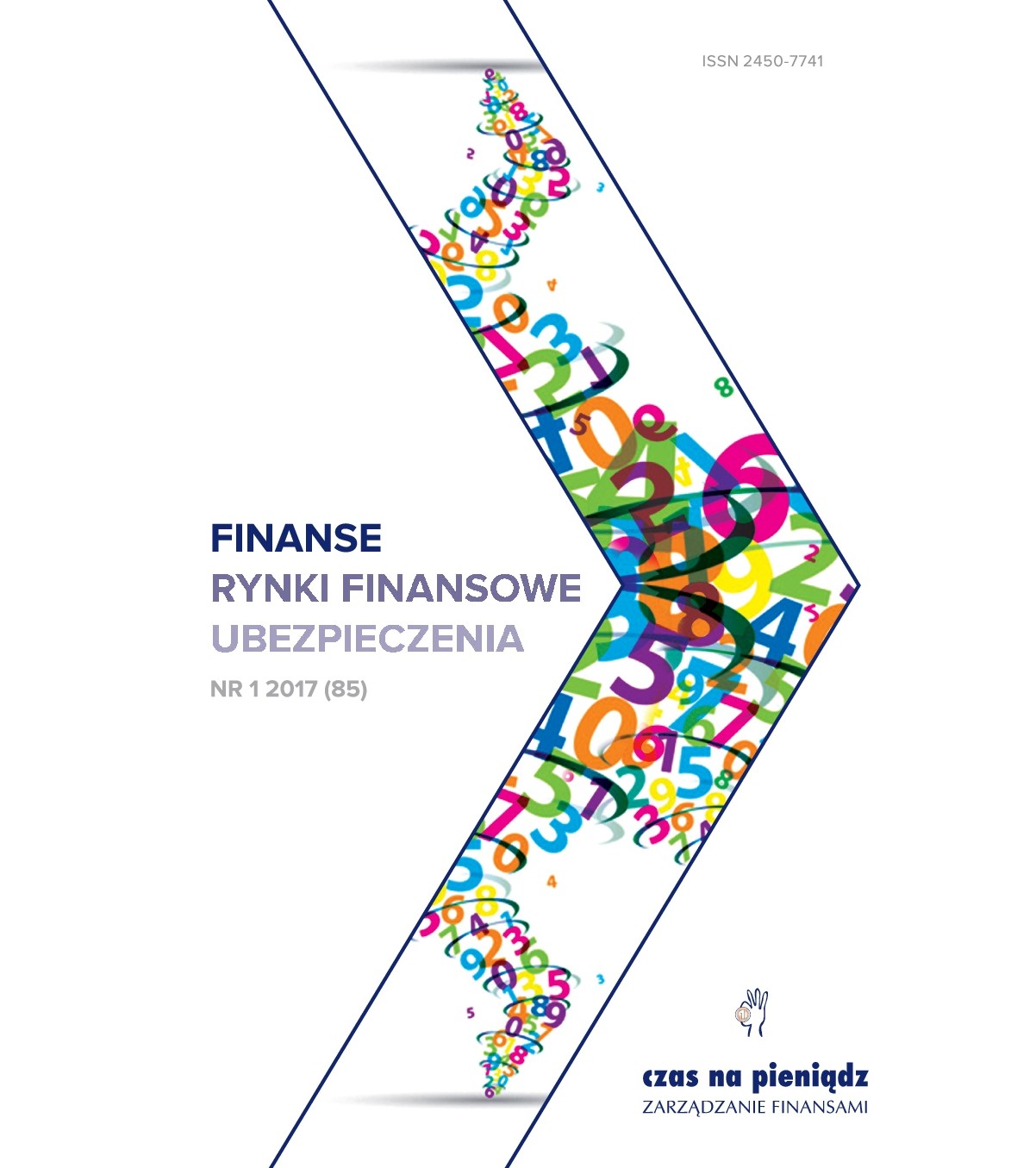Innowacyjny projekt eksploatacyjny wykorzystania wód balneologicznych – projekt partnerstwa publiczno-prywatnego
Innovative operating design of using balneological water – design of public-private partnership
Author(s): Artur ŁachutSubject(s): Economy, Business Economy / Management
Published by: Wydawnictwo Naukowe Uniwersytetu Szczecińskiego
Keywords: innovation; public-private partnership; balneology
Summary/Abstract: Aim – Growth of competitiveness, globalisation and also development of society, which is basedon knowledge cause that the world is characterised by deep social, technological and also economical changes.The changes are everywhere and innovations make the adaptation process to those changes easier. Organisational,product, processive and marketing innovations are used as tools to region development strategybased on co-creation of value. In the rapidly changing conditions of competitive environment, management,based on modern strategies, seems fully justified. Therefore, the aim of the work is analysis of innovativeproject: Complex of Mineral Pools in Solec-Zdroj, which was produced under public- private partnership.Research methodology – In the article the study of the literature and business practice observations wereused.Result – The effect of the work is to draw attention to the potential which is carried by using public-privatepartnership. The result of the article is to demonstrate the hybrid project impact of complex pool to smallhealth resort. Rising of building contributed to dynamic growth of tourist traffic, which translated into multibenefitsto the region (enrichment of the society e.g. increase in revenues from the provision of accommodationservices, new work places, improvement of infrastructure and the image of the village).Originality/value – The value added of the article is presentation of the first (and the one in tourism industry)hybrid project private-public partnership in Poland, which was placed on the list made by European Centreof Knowledge. It should be noted that combining policy measures of cohesion with European Centre ofKnowledge form (so called hybrid projects) was the issue functioning from the beginning in entry system ofEuropean funds in Poland (in 2007–2013). The aim of the article is indication of specifics of European Centreof Knowledge by introduction of specific facilities to the realized project.
Journal: Finanse, Rynki Finansowe, Ubezpieczenia
- Issue Year: 2017
- Issue No: 85
- Page Range: 431-443
- Page Count: 13
- Language: Polish

